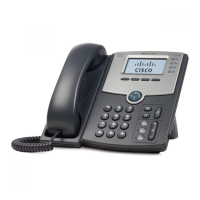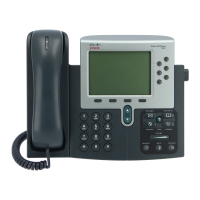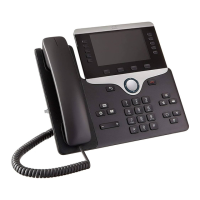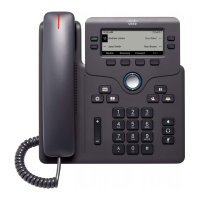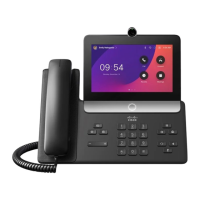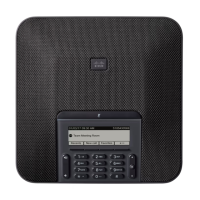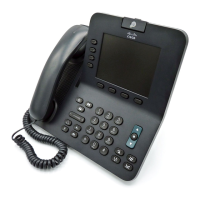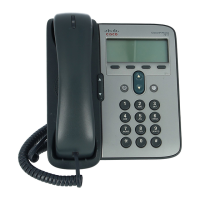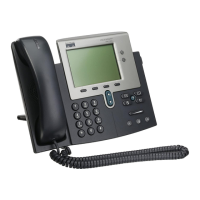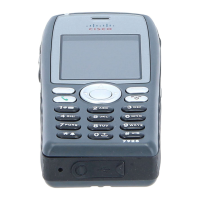B-2
Cisco SIP IP Phone Administrator Guide
AppendixB SIP Call Flows
Call Flow Scenarios for Successful Calls
• Cisco SIP IP Phone-to-Cisco SIP IP Phone Call Hold with Consultation, page B-9
• Cisco SIP IP Phone-to-Cisco SIP IP Phone Call Waiting, page B-13
• Cisco SIP IP Phone-to-Cisco SIP IP Phone Call Transfer Without Consultation, page B-17
• Cisco SIP IP Phone-to-Cisco SIP IP Phone Call Transfer Without Consultation Using Failover to
Bye/Also, page B-21
• Cisco SIP IP Phone-to-Cisco SIP IP Phone Call Transfer with Consultation, page B-25
• Cisco SIP IP Phone-to-Cisco SIP IP Phone Call Transfer with Consultation Using Failover to
Bye/Also, page B-30
• Cisco SIP IP Phone-to-Cisco SIP IP Phone Network Call Forwarding (Unconditional), page B-35
• Cisco SIP IP Phone-to-Cisco SIP IP Phone Network Call Forwarding (Busy), page B-37
• Cisco SIP IP Phone-to-Cisco SIP IP Phone Network Call Forwarding (No Answer), page B-39
• Cisco SIP IP Phone-to Cisco SIP IP Phone Three-Way Calling, page B-42
Gateway-to Cisco SIP IP Phone—Successful Call Setup and Disconnect
Figure B-1 illustrates a successful gateway-to-Cisco SIP IP phone call setup and disconnect. In this
scenario, the two end users are User A and User B. User A is located at PBX A. PBX A is connected to
Gateway 1 (SIP Gateway) via a T1/E1. User B is located at a Cisco SIP IP phone. Gateway 1 is connected
to the Cisco SIP IP phone over an IP network.
The call flow is as follows:
1. User A calls User B.
2. User B answers the call.
3. User B hangs up.
